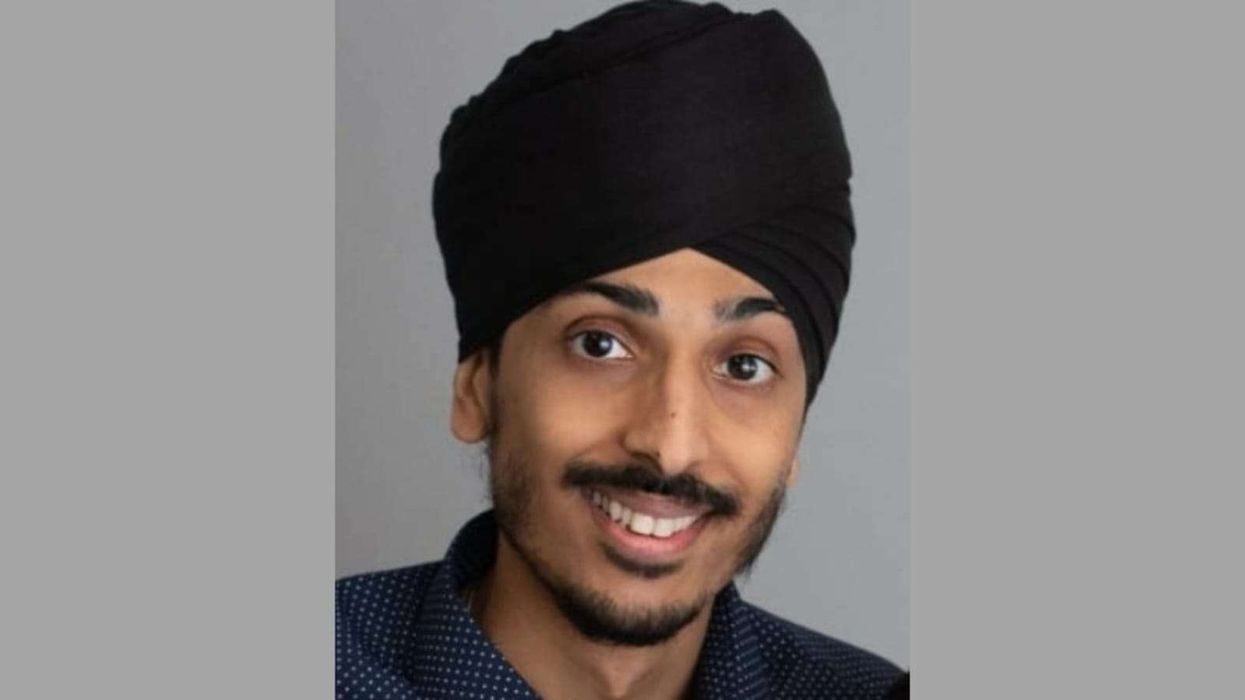by LAUREN CODLING
A NEW low-calorie diet designed to prevent diabetes has been praised by healthcare professionals, after results found almost 90 per cent of patients managed to send the disease into remission.
The NHS announced last month that it would test out a new scheme, based on a low-calorie diet initially trialled by Diabetes UK, which aimed to reverse type 2 diabetes.
The nine-month NHS Diabetes Prevention Programme (DPP) will help people to improve nutrition levels and undertake more physical activity.
The low-calorie diets will be piloted by the NHS from next year, when patients will be prescribed a liquid diet of just over 800 calories a day for three months. They will then be offered follow-up support to help achieve remission of the disease.
When the scheme was initially run, almost half of those who went on a low-calorie diet achieved remission of their type 2 diabetes after one year. A quarter of participants lost 15 kg or more in weight, with 86 per cent of these putting their type 2 diabetes into remission.
Julie Ward, a senior cardiac nurse at the British Heart Foundation (BHF), welcomed the new initiative. She said although the introduction of the very low-calorie diet pilot sounded “radical”, the research this approach was based on was encouraging.
“It’s not an easy or off the shelf solution. People need support from health professionals to do this, but if it can help to tackle obesity today, it could pay dividends tomorrow in reducing the burden of type 2 diabetes,” she told Eastern Eye.
Ward was keen that the government continue to reduce salt and sugar content in food and drink, and halt the promotion of unhealthy food to children.
If children and young adults were prevented from becoming obese and developing diabetes as a result of factors such as poor diet and a lack of exercise, she said, it would save many lives in the years to come.
In September, British Asians were warned to pay attention to their health by leading medical professionals, as a “diabetes epidemic” was predicted to trigger a rise in heart attack and strokes by 2035.
The number of people suffering from potentially fatal medical conditions due to diabetes is predicted to rise by 29 per cent, according to analysis released by the BHF.
The National Diabetes Audit from 2016-17 showed at least 8.4 per cent of patients with type 1 and 19.3 per cent of patients with type 2 are from an ethnic minority group.
Arif Qureshi, 51, was told he was at high risk of diabetes last year. His HbA1c levels
(average blood glucose levels) were in a pre-diabetes stage.
The news was “a kick in the backside” for the Londoner, whose father and sister had both died within 15 months of one another because of type 2 diabetes.
“If I didn’t do anything about it, I would follow the same path as my father and sister,” he told Eastern Eye.
However, with the encouragement of his nurse and fitness scheme 150 Club in Newham, Qureshi altered his lifestyle and diet.
He believes the new NHS plan is something he would have considered if he were still at risk. However, he stressed that health services needed to continue to educate communities on prevention of the disease.
“The NHS needs to hold more information sessions outside of the hospitals and surgeries,” he said. “Most people get scared of the [prospect of seeing] a doctor so more meetings should be scheduled in libraries or in community spaces where nurses can chat [with them].”











